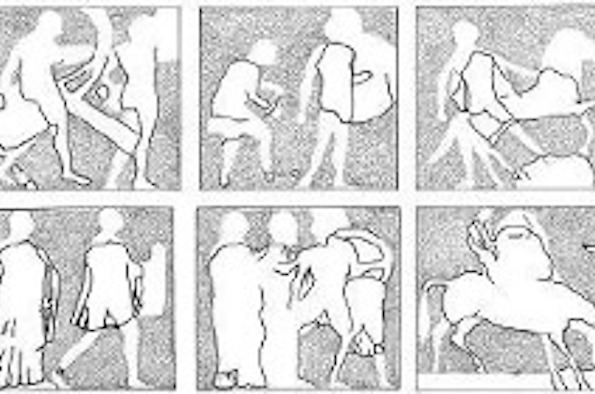
Protective Talismans and Archaic Relics: the Trojan Palladion on the North Metopes of the Parthenon (Ioannis Mitsios, University of Athens)
Start time: 13:00 / End time: 14:00 / Date: 05 Nov 2020 Open to: Students within this Faculty / Staff within this Faculty / Any UOL students / Any UOL staff / Any potential undergraduate students / Any potential postgraduate students / University of Liverpool Alumni / General Public Type: Webinar Cost: Please email Rachael Cornwell (R.H.Cornwell@liverpool.ac.uk) or Daniel Lowes (D.G.Lowes@liverpool.ac.uk) for the Zoom link. Contact: For more information contact Rachael Cornwell at R.H.Cornwell@liverpool.ac.uk The trojan palladion — according to the tradition (Apollodorus 3.12.3) — was a protective talisman — fallen from the sky — that safeguarded the city of Troy from defeat, until it was stolen and carried off to the Greek camp, hastening the fall of the city. Its presence warded off danger and destruction from those lucky enough to possess it and its special power arose from its “heavenly” origin, a fact that resembles the fall of meteors from the sky. The palladion is directly linked to several protective powers of the goddess Athena, evoked through the following four epithets: Polias (of the citadel), Erysipolis (she who protects the citadel), Poliouchos (she who holds the citadel) and Eryna (defensive). After the theft of the palladion from the city of Troy, several cities claimed its possession, including Athens, Siris, Lucerna, Rome and Constantinople, confirming that this sacred talisman was very important throughout the ancient history of the Mediterranean. In terms of the architectural sculpture of the Parthenon, we may have up to four depictions of the palladion on the north metopes, which concern the Sack of Troy. But why was it shown so many times and, most importantly, what’s the relation between its multiple depictions and the topography of the Acropolis? By employing an interdisciplinary approach, my paper aims to interpret the multiple depictions of the trojan palladion on the architectural sculpture of the Parthenon, its relation to the topography of the Acropolis and its function as a protective talisman. When you click on "Add this event to my calendar" your browser will download an ics file. Microsoft Outlook: Download the file, then you may be able to click on "Save & Close" to save it to your calendar. If that doesn't work go into Outlook, click on the File tab, then on Open, then Import. Select "Import an iCalendar (.ic or vCalendar file (.vcs)" then click on Next. Find the .ics file and click on OK. Google Calendar: download the file, then go into your calendar. On the right where it says "Other calendars" click on the arrow icon and then click on Import calendar. Click on Browse and select the .ics file, then click on Import. Apple Calendar: download the file, then you can either drag it to Calendar or import the file by going to File > Import > Import and choosing the .ics file.About the event
What is Add this event to my calendar?